America’s remote islands are like nature’s hidden vaults, safeguarding creatures you won’t find anywhere else on Earth.
In these isolated havens, wildlife thrives in unique ways, cut off from the outside world and evolving in strange, beautiful forms. These islands serve as sanctuaries where time moves differently, and life adapts in fascinating ways to survive.
From the mysterious birds that soar above rocky cliffs to the rare reptiles that skitter across untouched beaches, these creatures are the stuff of legends. They are not just survivors—they are the living proof of the wild’s untamed magic.
Join us as we explore 20 isolated wildlife species found only on America’s remote islands and discover how these extraordinary animals have made their homes in the most secluded corners of the world.
Hawaiian Monk Seal
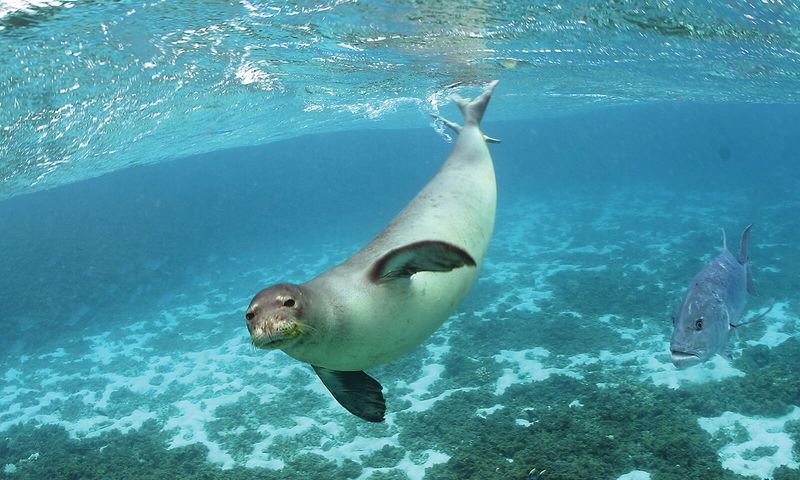
The Hawaiian monk seal, which basks on the sun-kissed beaches of Hawaii, is a rare marine mammal found only in this Pacific paradise. With soulful eyes and a sleek, silvery coat, these seals are masters of tranquility, embodying the serene spirit of the islands.
Unfortunately, being one of the most endangered seal species, there are fewer than 1,400 individuals left. They often delight in solitude, seeking the quieter shores away from human activity.
Preservation efforts are crucial to their survival, as they play an essential role in the marine ecosystem of Hawaii’s atolls.
Island Fox

The Island fox is a diminutive predator with a personality that outshines its size, native to California’s Channel Islands. With keen eyes and agile movements, these foxes are adept hunters, preying on small mammals, insects, and fruits.
Their reliance on the island’s unique ecosystem highlights their importance in maintaining ecological balance. Conservation efforts have been remarkably successful, with populations rebounding after near extinction due to disease and predation.
Observing these foxes scurry through their rocky habitat offers a glimpse into the intricate web of island life.
Santa Cruz Sheep
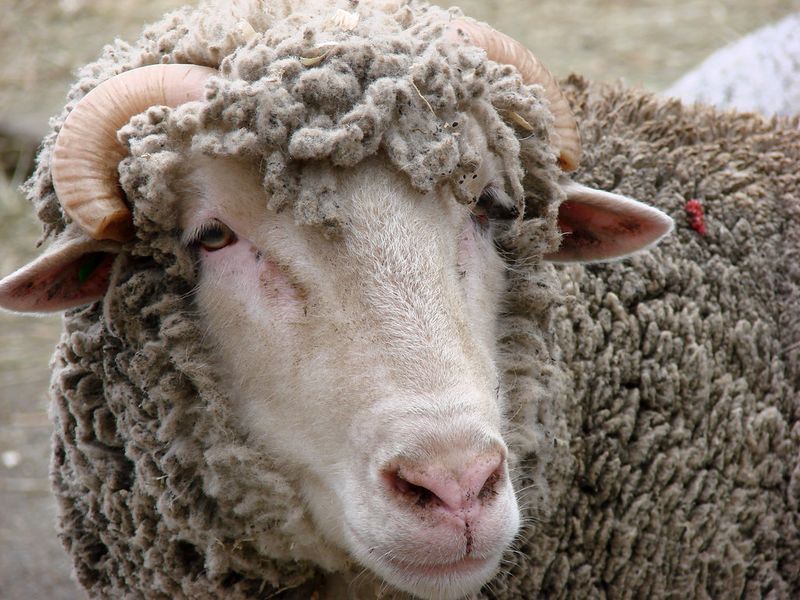
The Santa Cruz sheep, a hardy remnant of ranching history, roams the rugged hills of Santa Cruz Island. Though domesticated in origin, these sheep have adapted remarkably to the island’s wild terrains, developing thicker coats and a resilient nature.
Once a staple of the island’s economy, they now roam freely, embodying a living legacy of agricultural past.
Their presence is a testament to the island’s changing landscape, serving as a reminder of human impact and nature’s resilience. Grazing peacefully, they offer a serene sight against the backdrop of oceanic vistas.
Laysan Albatross
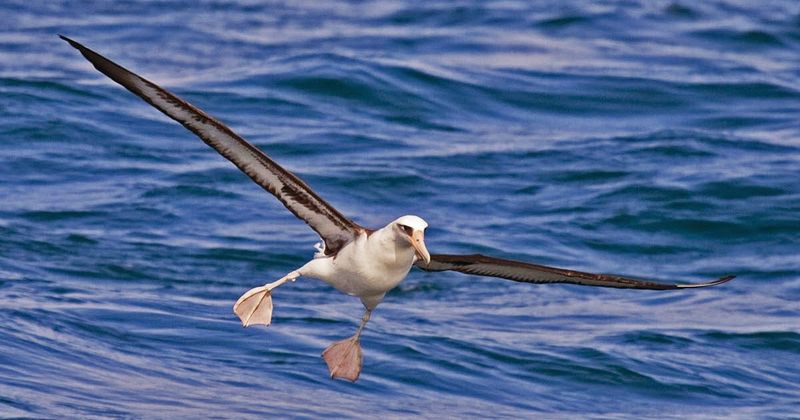
With a wingspan that stretches impressive lengths, the Laysan albatross soars over the North Pacific with effortless grace. Nesting primarily on Midway Atoll and other Pacific islands, these majestic birds are masters of flight, traversing miles of ocean in search of sustenance.
Their courtship rituals, filled with intricate dance and calls, are a spectacle to behold. As they glide over the waves, they reflect the vastness and beauty of the oceanic realm. Conservation efforts focus on mitigating threats such as plastic ingestion and bycatch.
Palmyra Atoll Gecko
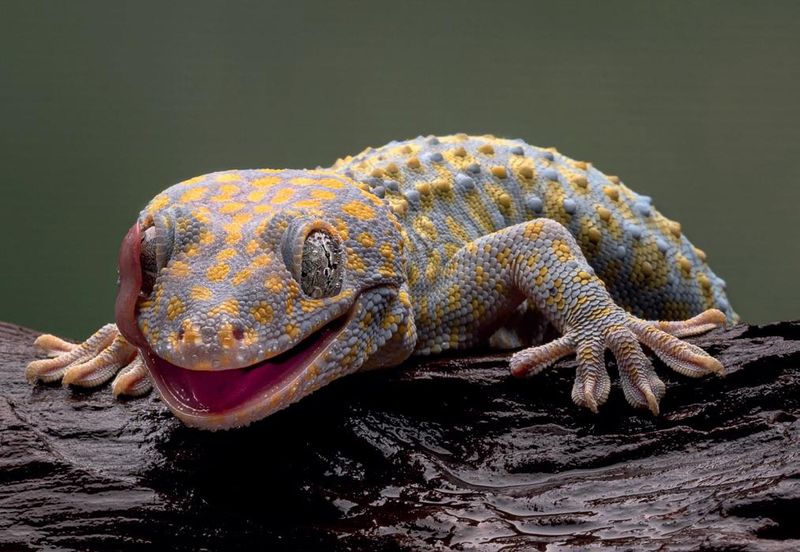
The Palmyra Atoll gecko, a petite yet resilient reptile, thrives in the sheltered greenery of its island home. With skin that shimmers like polished gems, these geckos are nocturnal hunters, feasting on insects that venture into their leafy domain.
Their presence is an indicator of the island’s health, as they rely on pristine habitats free from invasive species. The soft rustling of leaves often heralds their silent approach.
Conservationists work tirelessly to protect their environment, ensuring these jewel-like creatures continue to adorn Palmyra’s tropical paradise.
San Clemente Loggerhead Shrike
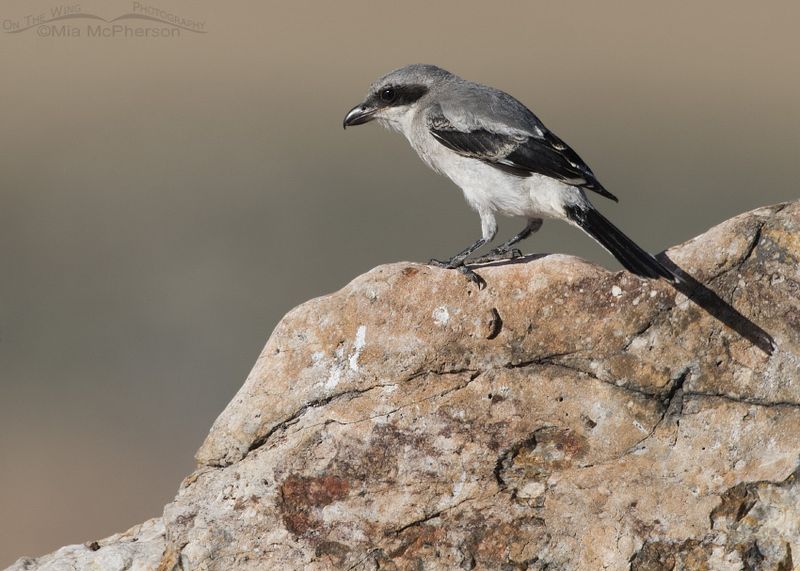
The San Clemente loggerhead shrike, with its diminutive stature and fierce demeanor, is a true avian predator. Found only on San Clemente Island, its sharp beak and masked face make it unmistakable.
These birds are skilled hunters, using thorny shrubs to impale prey, a behavior that highlights their resourcefulness. Once critically endangered, they are now recovering, thanks to dedicated conservation efforts that have restored their native habitat.
Watching these shrikes hunt is a spectacle of precision and adaptability, a testament to their survival instinct.
Kaua’i Cave Wolf Spider

In the shadowy depths of Kaua’i’s caves, the Kaua’i cave wolf spider weaves its mysterious life. This eyeless arachnid navigates the dark with an uncanny ability, relying on touch and vibration.
Its translucent body might appear ghostly to curious explorers, yet it plays a crucial role in the cave’s ecosystem. As a top predator in this isolated world, it helps control insect populations.
Conservationists are keenly aware of the delicate balance required to protect these unique habitats, ensuring the spider’s survival against encroaching threats.
Galápagos Marine Iguana
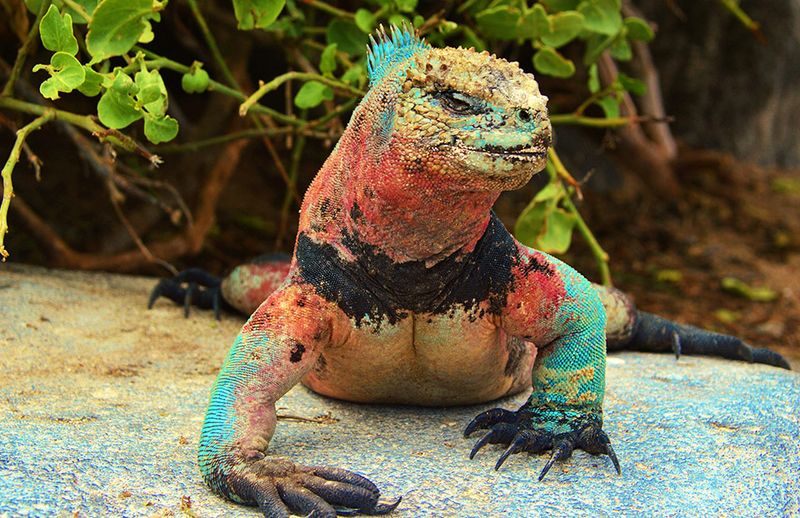
Unique among lizards, the Galápagos marine iguana makes its home on the volcanic shores of the Galápagos Islands. With a diet primarily consisting of algae, these iguanas are exceptional swimmers, diving into the ocean with ease.
Their darker skin helps soak up the equatorial sun, vital for regulating their body temperature after a chilly dip. Conservationists work diligently to protect these fascinating reptiles, which are vulnerable to climate change and human activities.
Watching them bask or swim is like witnessing a living remnant of prehistoric times.
Culebra Giant Anole
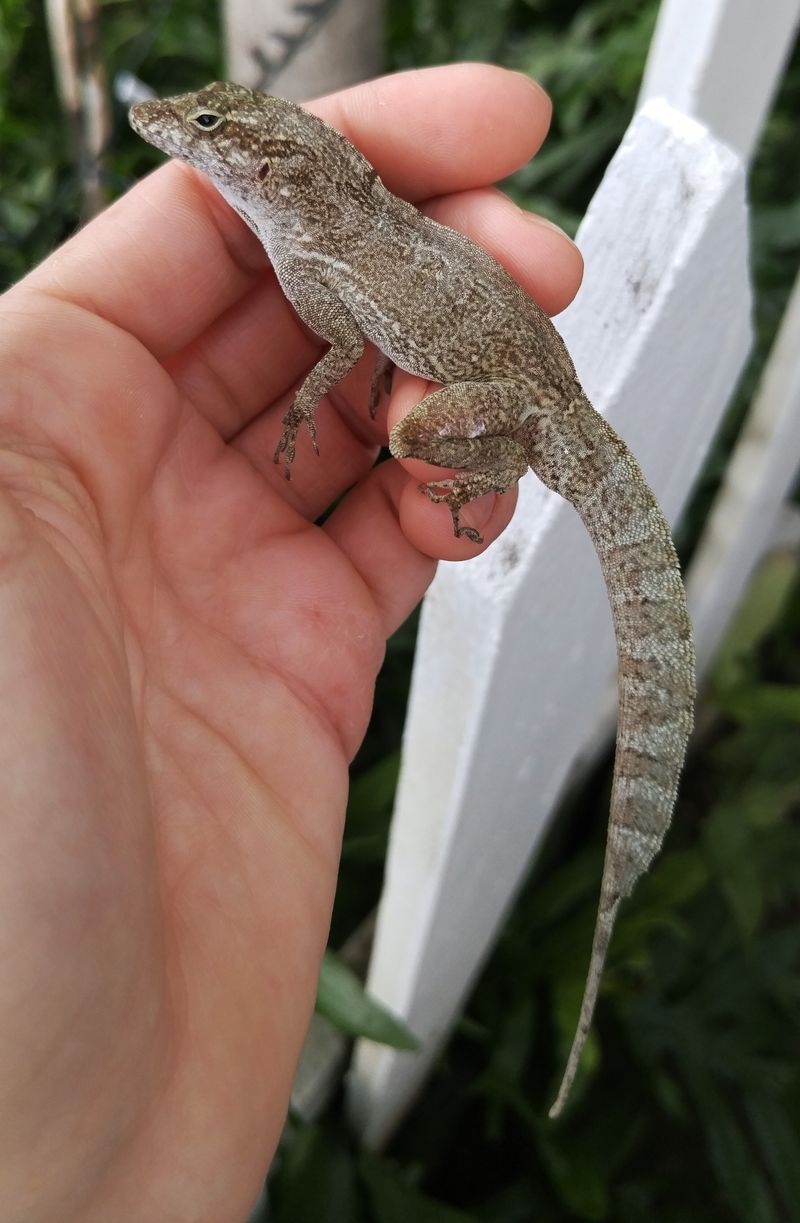
The Culebra giant anole, native to the Puerto Rican island of Culebra, is a dazzling sight with its vibrant green scales. These lizards are arboreal athletes, darting through the forest canopy with agility that leaves observers in awe.
Their diet of insects and fruits reflects their adaptability and crucial role in the forest ecosystem. Conservation efforts focus on preserving their natural habitat, threatened by development and invasive species.
Their vivid color and swift movements are a celebration of nature’s complexity and beauty, thriving in harmonious isolation.
Puerto Rican Parrot
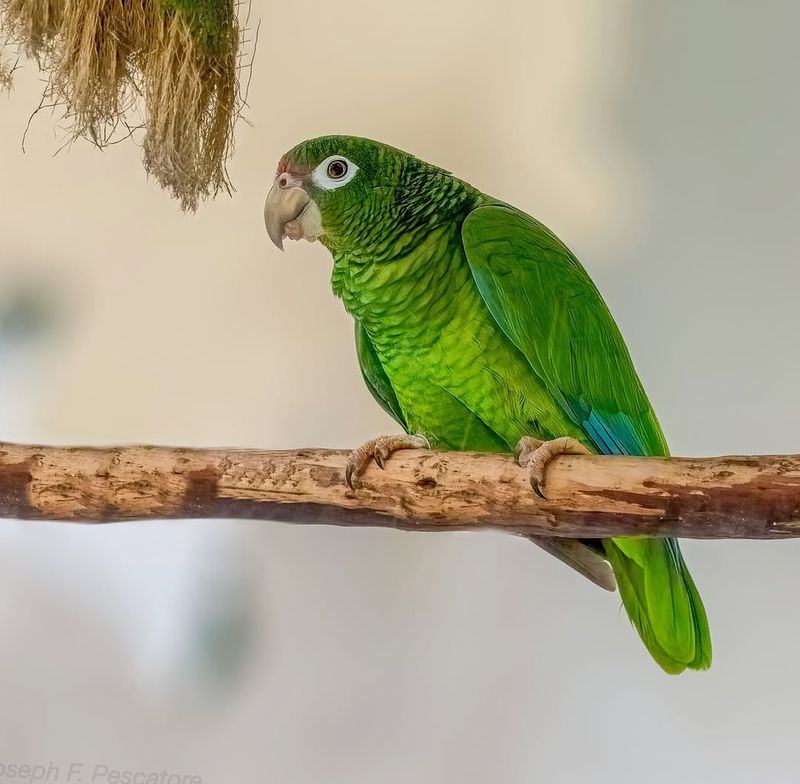
The Puerto Rican parrot, with its vibrant plumage, is a symbol of resilience and hope on the island of Puerto Rico. Once facing extinction, conservation programs have revived its population, although it remains critically endangered.
These intelligent birds thrive in the island’s tropical forests, their calls echoing through the canopy. Efforts to protect them include habitat restoration and breeding programs.
Observing these parrots offers a glimpse into the vibrant biodiversity of Puerto Rico and the successes of dedicated conservation work, making them a beacon of hope.
Nihoa Millerbird
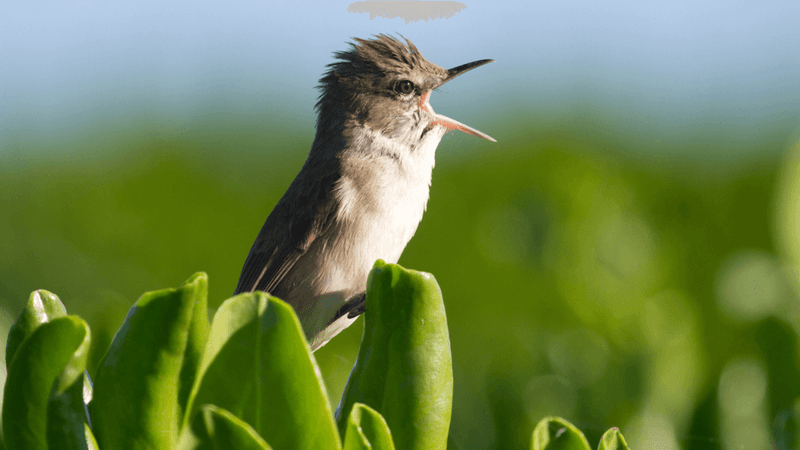
Inhabiting the remote Nihoa Island, the Nihoa millerbird is an endearing songbird with a voice that resonates across the Pacific. Its olive-brown plumage and melodic tunes add charm to the island’s rugged landscape.
These birds are highly territorial, often seen defending their sparse yet lush habitat with vigor. Conservationists focus on preventing habitat degradation and the introduction of invasive species to protect these rare songbirds.
Their presence is a testament to the unique ecological tapestry of Nihoa, a fragile yet vibrant ecosystem.
Mariana Fruit Bat
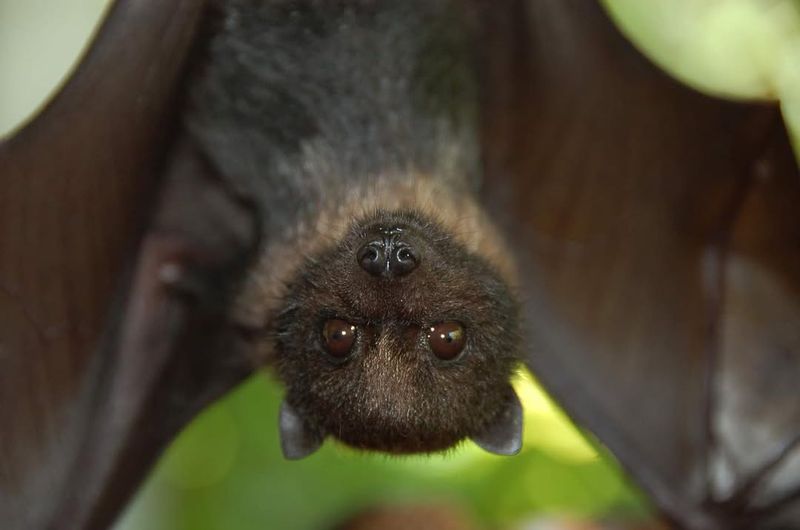
The Mariana fruit bat, or flying fox, is an integral part of the Mariana Islands’ ecosystem. With a wingspan that impresses and soft brown fur, these bats are vital pollinators and seed dispersers.
They navigate the island’s dense forests with grace, their nocturnal activities filling the night with a gentle rustling. Conservation efforts aim to protect their habitat, crucial for maintaining the ecological balance.
Observing these bats offers insight into the complex interactions within the island’s environment, making them both mysterious and essential inhabitants.
Fernandina’s Flicker

Fernandina’s flicker brightens Cuba’s Juventud Island with its vibrant yellow and black plumage. This woodpecker is an expert at foraging insects, often seen drumming on cacti in search of food.
Their presence is crucial for maintaining insect populations and contributing to the island’s biodiversity. Conservationists are working to safeguard their habitat from deforestation and other threats, ensuring these flickers continue to thrive.
Their rhythmic drumming and vivid appearance make them a standout feature of the island’s natural charm, a beacon of color in the arid landscape.
Cozumel Island Coati
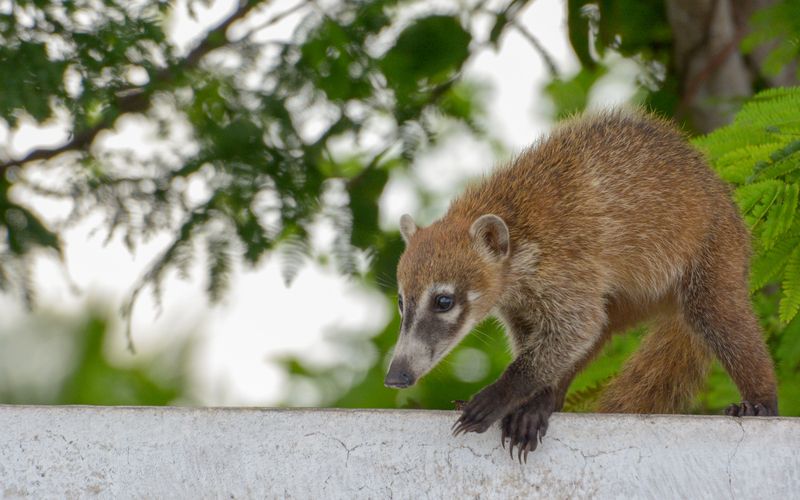
The Cozumel Island coati, a curious and adaptable mammal, roams the forests of Mexico’s Cozumel Island. With their long, ringed tails and expressive snouts, these coatis are social creatures, often seen in playful groups.
They forage for fruits, insects, and small animals, showcasing their omnivorous diet and crucial ecological role. Conservation efforts aim to protect their habitat from the pressures of tourism and development.
Watching these coatis interact is a joyful experience, revealing the vibrant life teeming within the island’s lush forests.
Juan Fernández Firecrown
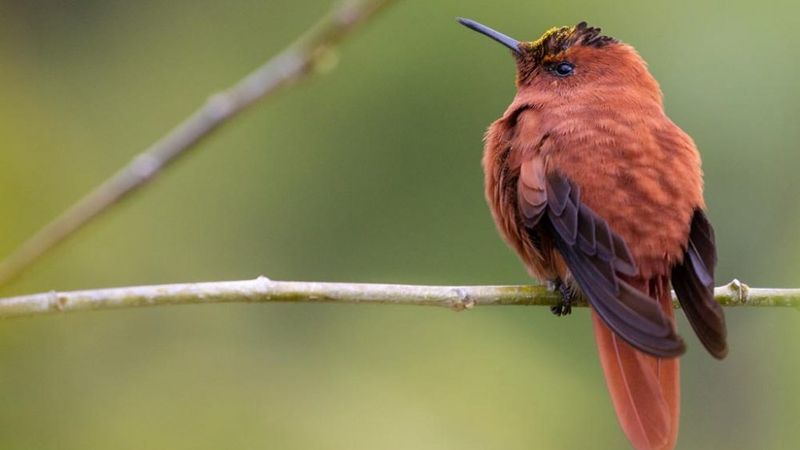
The Juan Fernández firecrown, a dazzling hummingbird, flits about the remote Juan Fernández Islands. Males, with their fiery red crowns and shimmering feathers, are a sight to behold, especially during courtship displays.
These hummingbirds play a vital role in pollinating the island’s flora, their activities essential to the ecological balance. Conservationists focus on habitat preservation and controlling invasive species to protect these jewels of the sky.
Observing them hover near vibrant flowers is a captivating spectacle, a dance of color and life in the island’s secluded beauty.
Seychelles Black Parrot
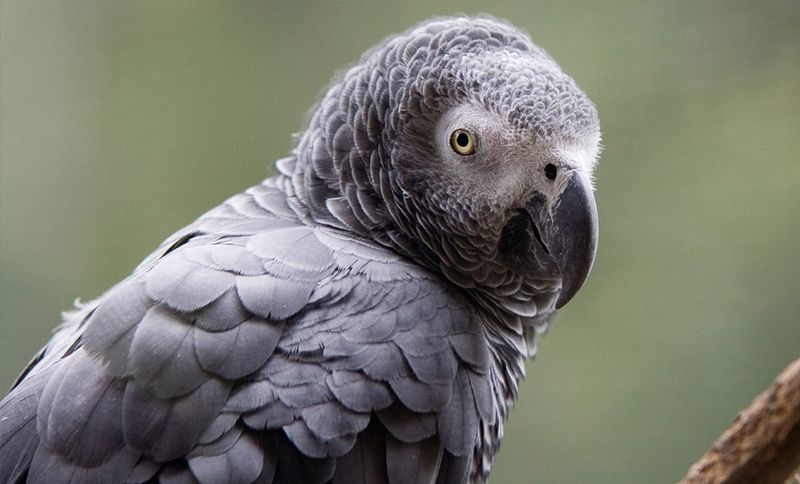
Though not in the Americas, the Seychelles black parrot shares the theme of isolated island wildlife and is worth mentioning. Found only in the Seychelles, they are a symbol of the islands’ natural heritage.
With their glossy black plumage, these parrots are elusive yet striking. They thrive in the palm-rich forests, their diet consisting of fruits and seeds. Conservation efforts focus on habitat protection from invasive species and human impact.
Their calls, echoing through the lush greenery, are reminders of the delicate balance that sustains island ecosystems.
Rota Bridled White-eye

The Rota bridled white-eye is a cheerful songbird, gracing the Northern Mariana Islands with its vibrant presence. Known for their social nature, these birds are often seen flitting between branches, their melodic calls a chorus to island mornings.
With striking yellow-green feathers and white eye rings, they are visually captivating. Conservation efforts aim to protect their dwindling habitat, ensuring these birds continue to charm the island with their beauty and song.
Observing them adds a splash of color and melody to the island’s lush landscapes.
Lord Howe Island Stick Insect
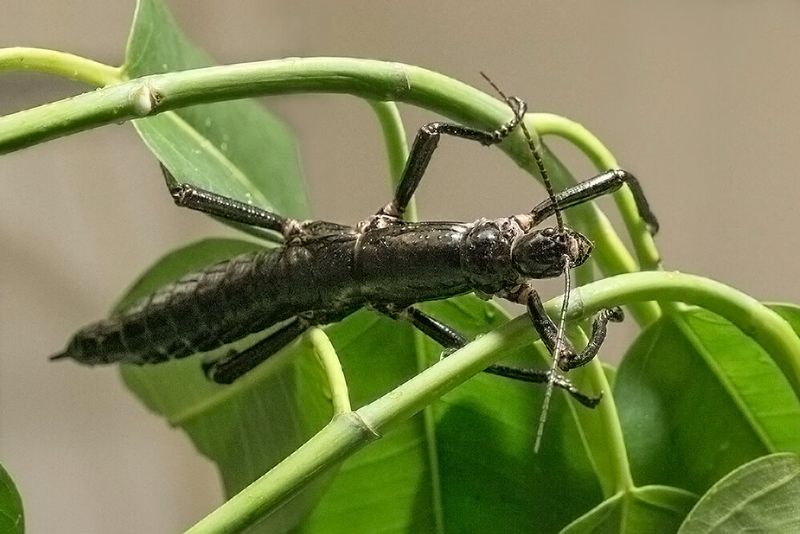
Though part of Australia, the Lord Howe Island stick insect fits the theme of isolated island species. Once thought extinct, this remarkable insect was rediscovered clinging to survival on a rocky islet near Lord Howe Island.
Known as the “tree lobster” due to its size, it remains a symbol of resilience and hope. Their nocturnal habits and plant-based diet make them fascinating to study.
Conservation efforts include breeding programs to reintroduce them to their native habitat. Their story is a powerful reminder of nature’s tenacity and the importance of preservation.
San Nicolas Island Night Lizard
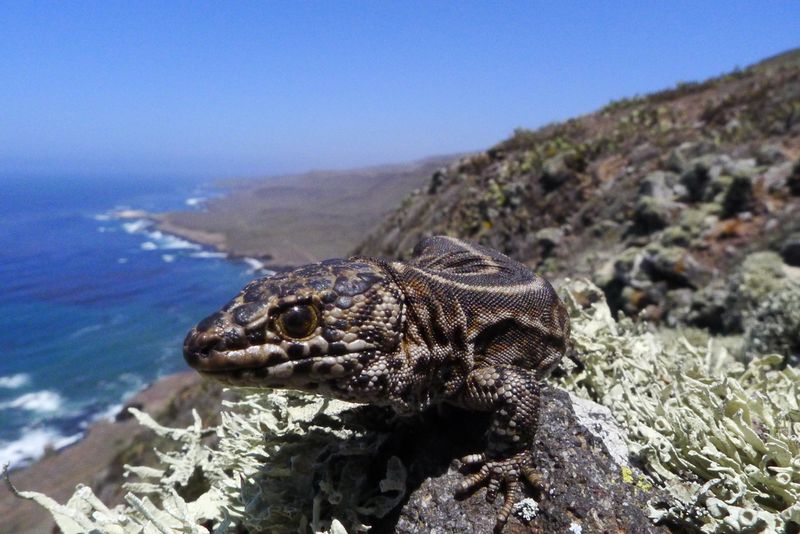
In the heart of the Channel Islands, San Nicolas Island hosts a discreet resident: the San Nicolas Island Night Lizard. This elusive creature, no bigger than a human finger, is a master of stealth. It thrives in scrubby terrains, blending seamlessly with its rocky surroundings.
Despite its name, the night lizard is active both day and night, basking in the island’s temperate climate. Its diet consists mainly of insects and spiders, which it hunts with precision. Unlike many lizards, it gives birth to live young, a fascinating adaptation to its environment.
Did you know? These lizards are so specialized, they exist solely on their island home, making them a true symbol of endemic wildlife.
Amaral’s Island Boa
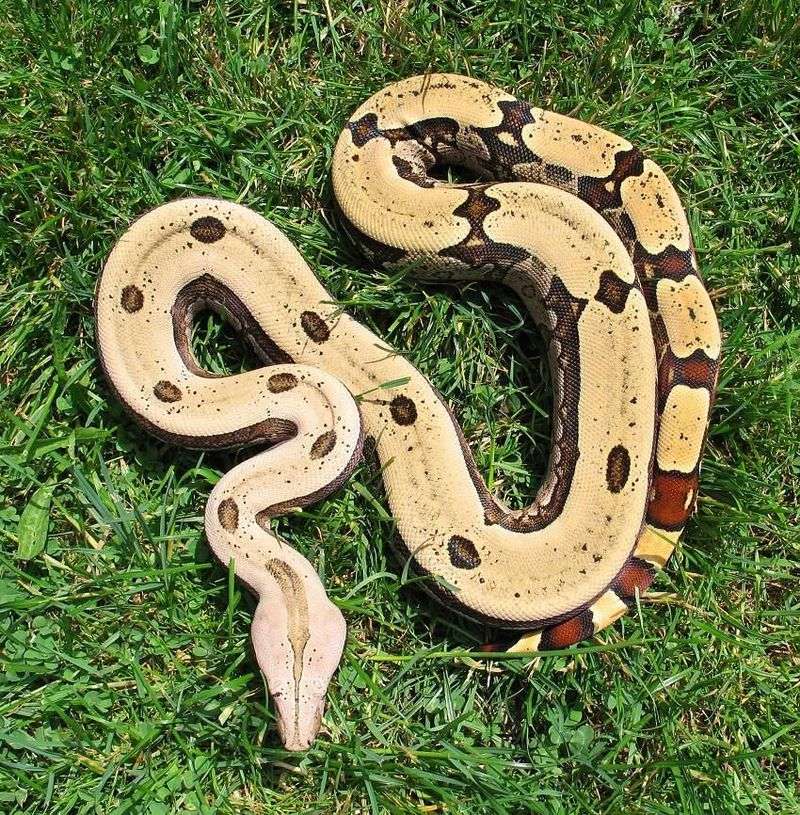
Amaral’s Island Boa is a striking serpent found only on certain Caribbean isles. Its skin, a mosaic of vibrant colors and patterns, allows it to vanish among the island’s dense foliage. This mesmerizing boa is known for its gentle demeanor.
This non-venomous snake hunts by ambushing small mammals and birds, using its powerful coils to subdue prey. Interestingly, it can climb trees with ease, showcasing remarkable agility and strength.
With a lineage tracing back millions of years, Amaral’s Island Boa is not just a reptile; it’s a living relic, embodying the ancient spirit of the islands it inhabits.

